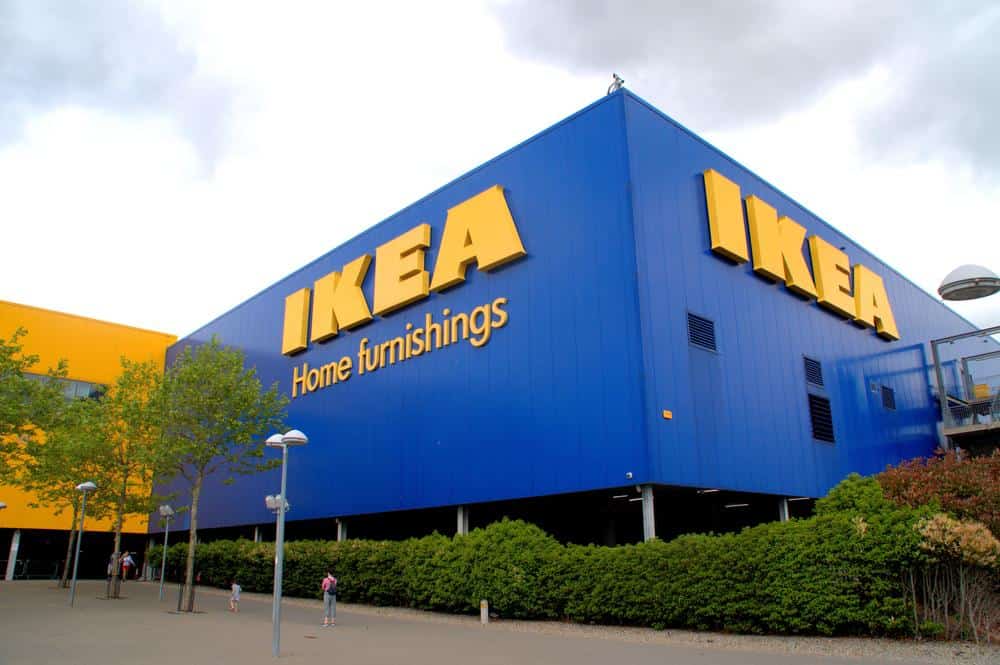
IKEA, the Swedish-founded furniture retail giant, has been a household name for decades, known for its affordable, functional, and well-designed home furnishing products. But how long has IKEA been around? And what is the story behind its remarkable success? Let’s delve into the history, growth, and evolution of IKEA.
IKEA has been around since July 28, 1943. It was founded by Ingvar Kamprad in Sweden, initially as a mail-order business. Over the decades, it has grown into the world’s largest furniture retailer, known for its affordable and well-designed home furnishing products.
The Early Days: Ingvar Kamprad and the Birth of IKEA
IKEA was founded on July 28, 1943, by Ingvar Kamprad, a 17-year-old entrepreneur from Sweden. The name IKEA is an acronym formed from Kamprad’s initials (I.K.), and the first letters of Elmtaryd (E), the farm where he grew up, and the nearby village, Agunnaryd (A).
Initially, IKEA was a mail-order sales business, selling a variety of household goods such as pens, wallets, and picture frames. However, the company expanded its product range in 1948 to include furniture, marking a significant shift in its business focus.
The IKEA Revolution: Flat-Pack Furniture and Showrooms
In 1956, IKEA introduced the concept of flat-pack furniture, which was a game-changer in the industry. This innovative approach reduced shipping costs and made assembly easier for customers. The first IKEA showroom also opened in Älmhult, Sweden, in 1953, providing customers with a hands-on experience of the quality and functionality of IKEA’s furniture.
Going Global: IKEA’s International Expansion
IKEA began its international expansion in 1963 with the opening of its first store outside Sweden in Norway. Since then, the company has grown exponentially, establishing a presence in numerous countries around the world. As of September 2023, IKEA operates 424 stores in 52 different countries.
The Digital Era: IKEA’s Transformation and Innovation
In recent years, IKEA has embraced digital transformation, incorporating technology into every aspect of its operations. The company has invested in e-commerce, mobile apps, and augmented reality tools to enhance customer experience. IKEA also redesigned its big-box stores to double as online distribution hubs, opening smaller urban stores and planning studios to cater to city dwellers.
A Commitment to Sustainability
IKEA has always been committed to producing durable, repairable, and reusable items. The company focuses on eco-designed furniture and sustainable sourcing of raw materials. By 2030, IKEA aims to become circular and climate positive, regenerating resources while growing its business.
The Future of IKEA
IKEA’s future plans include further expansion in the United States, a continued focus on sustainability, and further digital transformation. The company also plans to shift from its traditional business model to a more customer-centric approach, with a focus on online shopping, home delivery, and assembly services.
In conclusion, IKEA has been around for eight decades, transforming from a small mail-order business to the world’s largest furniture retailer. The company’s success is attributed to its innovative product offerings, focus on affordability, adaptability to market trends, and commitment to sustainability. As IKEA continues to evolve and adapt, it remains a beloved brand for millions of customers worldwide.
Frequently Asked Questions
What does IKEA stand for?
IKEA is an acronym that stands for Ingvar Kamprad Elmtaryd Agunnaryd. It combines the initials of the founder, Ingvar Kamprad, with the name of the farm where he grew up, Elmtaryd, and the nearby village, Agunnaryd.
What was the first product that IKEA sold?
The first products that IKEA sold were not furniture but a variety of household goods like pens, wallets, and picture frames. The company later expanded its product range to include furniture in 1948.
What is the concept of flat-pack furniture?
Flat-pack furniture, introduced by IKEA in 1956, is a form of furniture that is manufactured in flat parts and designed to be quickly and easily assembled. It is also designed to be easy to disassemble, which makes it more transportable than traditional furniture.
How many countries is IKEA present in?
As of September 2023, IKEA operates 424 stores in 52 different countries around the world.
What is IKEA’s sustainability goal?
IKEA aims to become circular and climate positive by 2030. This means that the company plans to regenerate more resources than it uses and reduce more greenhouse gas emissions than it emits, while continuing to grow its business.












